形位公差英文翻译
Geometric Dimensioning and Tolerancing (GD&T) is a system used in engineering to communicate design requirements for manufactured parts. One of the key components of GD&T is positional tolerancing, which specifies the allowable deviation of a feature from its desired location.
http://easiu.com/common/images/MNQIcAGTJ0_1.jpg
Positional tolerancing is achieved through the use of a geometric tolerance called 'Position,' which combines both a linear tolerance and an angular tolerance. This tolerance is used to control the location, orientation, and alignment of features on a part.
One important aspect of positional tolerancing is the concept of 'datum features.' These are reference features on a part that are used to establish a coordinate system for all other features on the part. The position of each feature is then measured relative to these datum features, allowing for a consistent and reliable method of measuring and inspecting parts.
Another important aspect of positional tolerancing is the use of 'form controls,' which specify the allowable deviation of the shape of a feature from its ideal form. This includes controls for straightness, flatness, roundness, cylindricity, and profile.
Overall, the use of positional tolerancing and GD&T is critical for ensuring that manufactured parts meet the design requirements and function correctly in their intended applications. By communicating design requirements clearly and accurately, GD&T helps to minimize errors, reduce waste, and improve the quality of the final product.
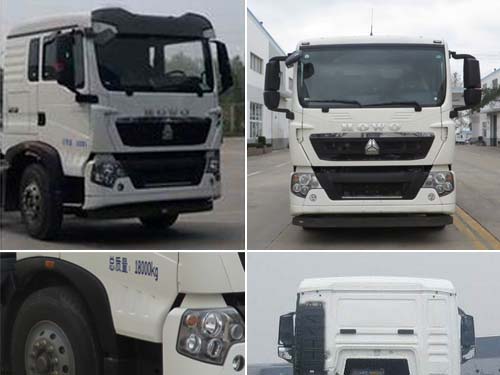
tcl l24f19通病

格力空调压缩机在哪里
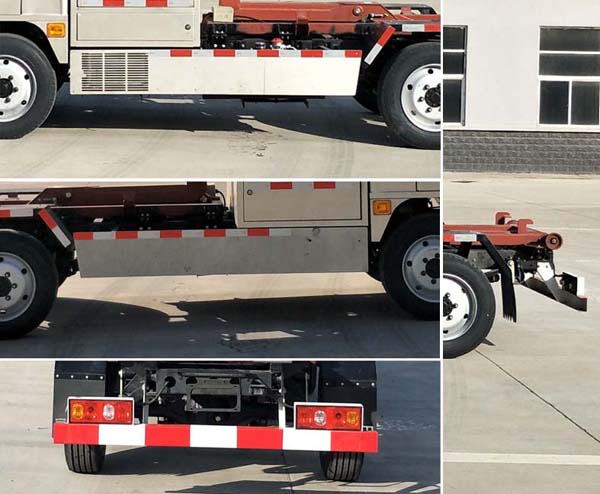
康佳lc32ts86c二次不开机

创维led42e82rd
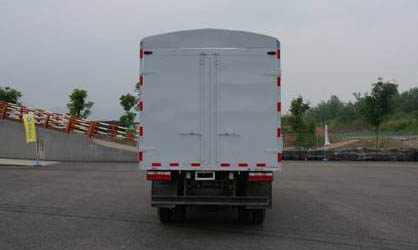
关闭tcl电视自动更新
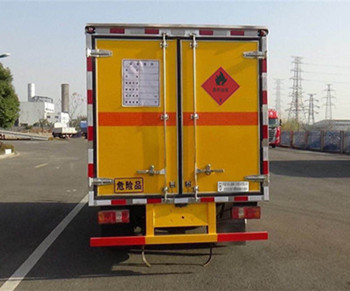
三星洗衣机厂家在哪里
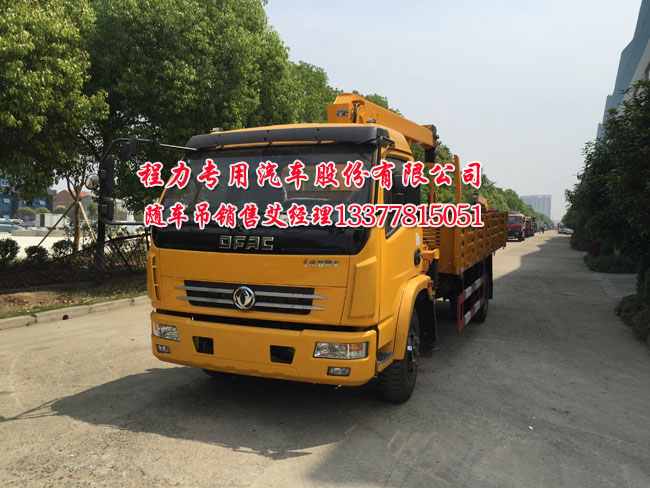
海信led32t36闪下黑屏
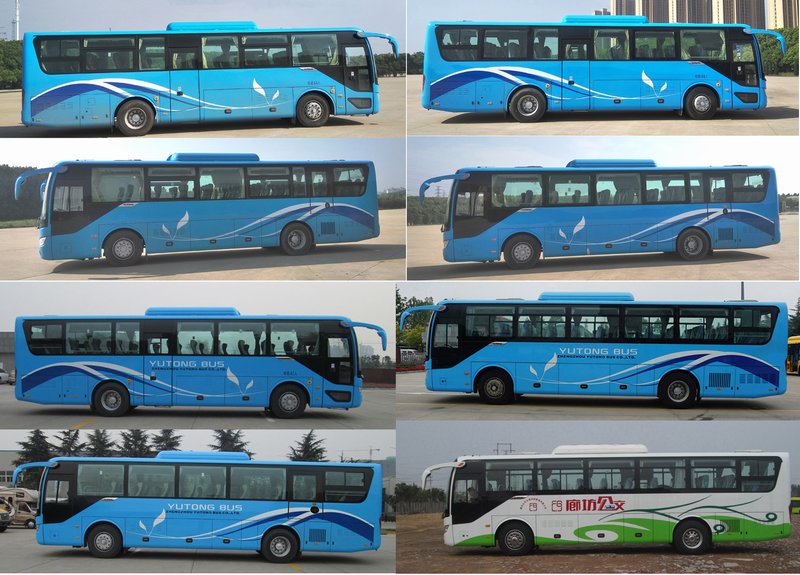
电视机高压BSc25
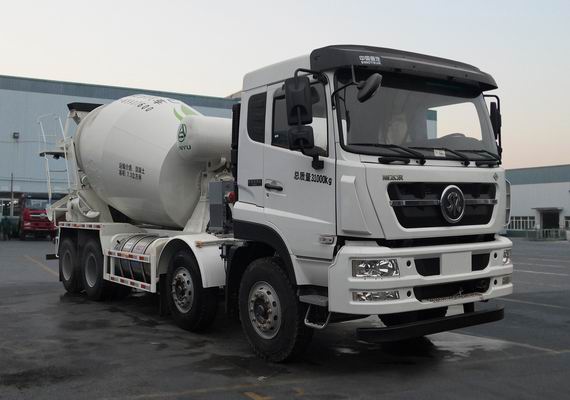
海信 tlm3233
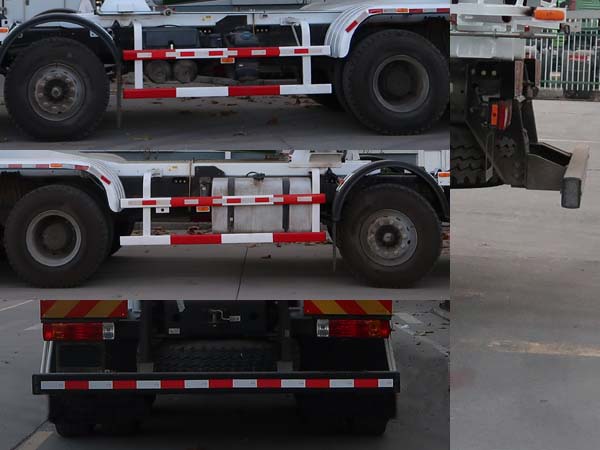
格力3p空调换个电容200
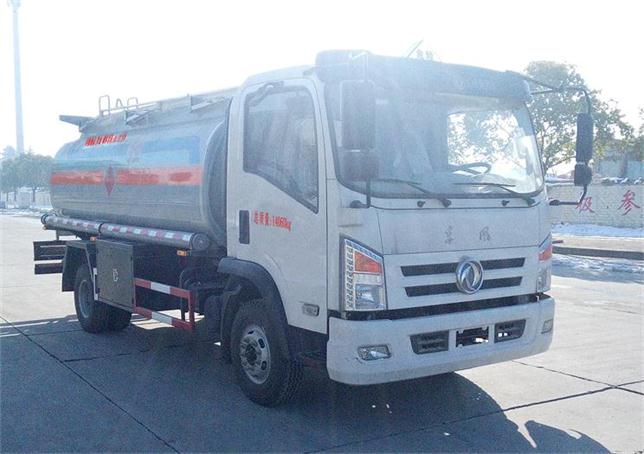
美的空调故障--内电机转速慢
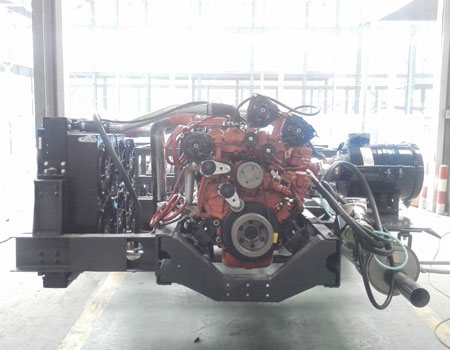
tcl l42e5700a ud

32l08hr主板
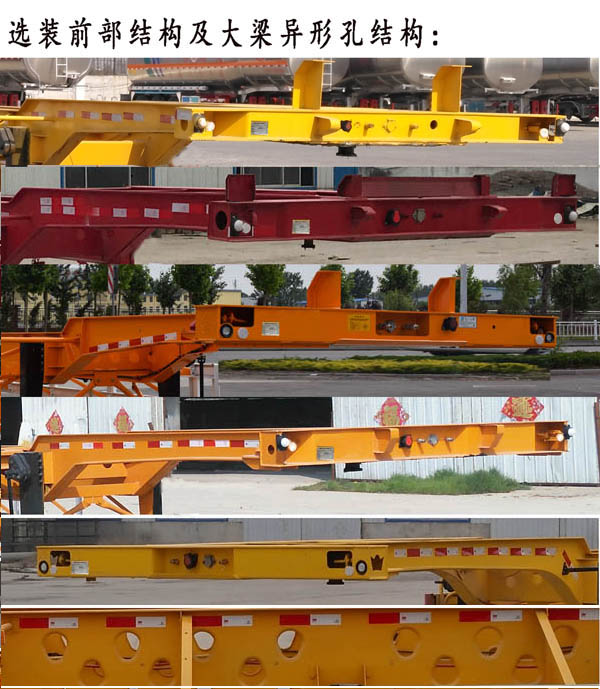
格兰士微波炉电脑板

创维51寸背投电视 5188hd

北京三菱中央空调售后

华为西安售后服务地址在哪里

42e65se主板线路图

新松下空调无法开机
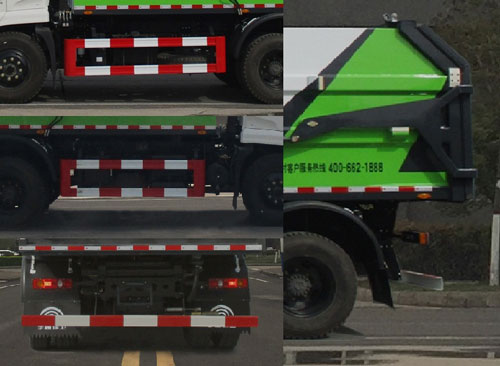
三洋洗衣机故障代码e910